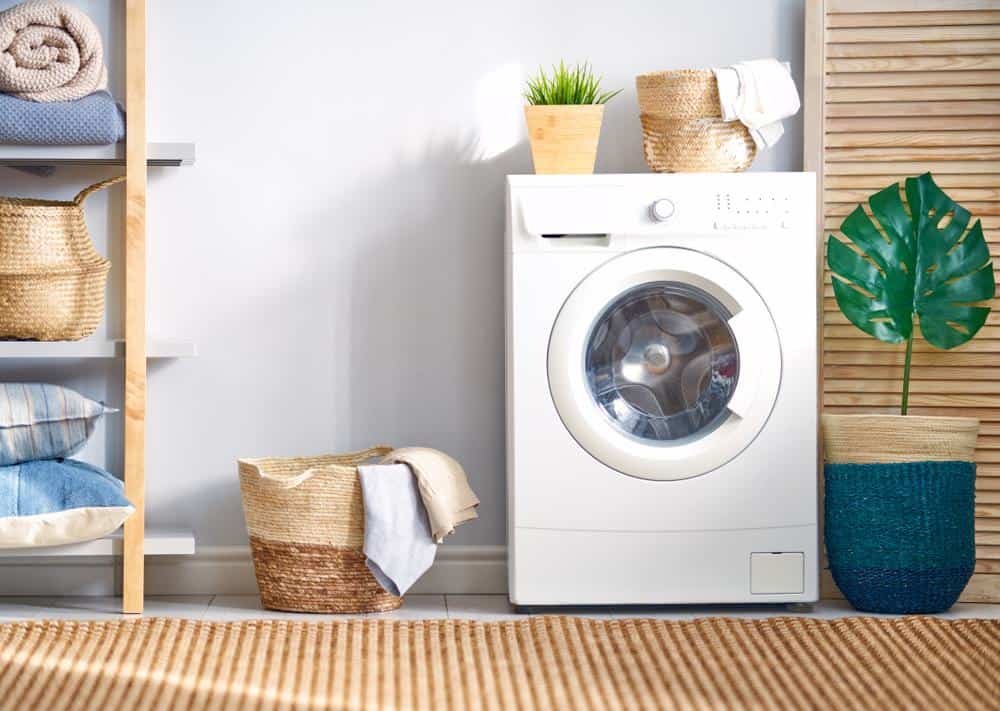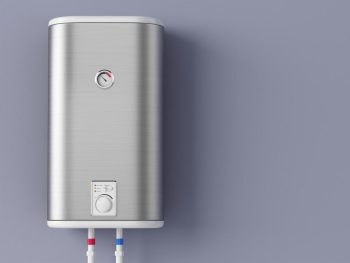
When working on any construction or home improvement project, using the correct hardware is crucial for a successful result. One common question many people encounter is, “What size washer do I need for a 3/8 lag bolt?” In this comprehensive guide, we’ll delve deep into this topic to provide you with an in-depth understanding and practical solutions.
The appropriate washer size for a 3/8 lag bolt should have an inner diameter (ID) slightly larger than 3/8 inch to fit around the bolt properly. According to the USS SAE Washer Dimensions, a 3/8″ washer has an inside diameter of 11/32″ and an outside diameter of 7/8″. Ensure the washer matches the bolt’s diameter for a proper fit and function.
What is a 3/8 Lag Bolt?
A 3/8 lag bolt, also known as a lag screw, is a large wood screw with a hexagonal head that’s typically 3/8 inches in diameter. These bolts are designed to securely join wood pieces together in heavy load applications, such as lumber framing, attaching machinery feet to wood floors, and other heavy carpentry tasks. They can also be used in masonry applications when used with lag shields, which enable them to fasten into materials like concrete, brick, and mortar.
The Importance of the Correct Washer Size
The correct washer size is vital for a 3/8 lag bolt because it ensures that the washer fits properly around the bolt, providing a smooth bearing surface and preventing the nut or bolt head from pulling through the material. Washers also help distribute the load evenly, reducing the chances of the bolt loosening over time.
For a 3/8″ lag bolt, you should use a washer with an inner diameter (ID) slightly larger than 3/8″ to fit around the bolt. According to the USS SAE Washer Dimensions, a 3/8″ washer has an inside diameter (A) of 11/32″ and an outside diameter (B) of 7/8″. When selecting a washer, make sure it matches the diameter of the bolt shaft to ensure proper fit and function.
The Disadvantages of Using an Incorrect Washer Size
Using a washer size that is too small or too large for a 3/8 lag bolt can lead to several problems:
- Reduced holding power: If the washer is too small, it may not provide enough surface area to distribute the load evenly, reducing the holding power of the bolt. Conversely, if the washer is too large, it may not fit properly on the bolt, leading to an unstable connection.
- Damage to materials: A washer that’s too small may not provide enough support to prevent the bolt head from pulling through the material, causing damage. On the other hand, a washer that’s too large may not fit properly and could cause the material to crack or split when the bolt is tightened.
- Unprofessional appearance: Using a washer that’s not the appropriate size for the lag bolt can result in an unprofessional appearance, which may be undesirable in certain applications.
- Increased likelihood of failure: Using an improperly sized washer can increase the likelihood of the connection failing under load, potentially leading to accidents or damage to the structure.
Selecting the Right Washer Size
When selecting a washer for a 3/8 lag bolt, consider the following factors:
- Material: The washer material should be compatible with the lag bolt material and the application environment.
- Inner Diameter (ID): The washer’s ID should be slightly larger than the bolt diameter (3/8 inch).
- Outer Diameter (OD): The washer’s OD should be large enough to distribute the load evenly and prevent the bolt head from pulling through the material.
- Thickness: The washer’s thickness should be appropriate for the application, providing enough support and preventing deformation under load.
- Compatibility with the application: Consider the specific requirements of your project, such as the type of wood or material you’re working with, the weight of the objects being fastened, and any environmental factors (e.g., moisture, chemicals) that may affect the washer’s performance.
Conclusion
In conclusion, the correct washer size for a 3/8 lag bolt is one with an ID slightly larger than 3/8 inch, and an OD large enough to distribute the load evenly and prevent the bolt head from pulling through the material. By considering factors such as material, ID, OD, thickness, and compatibility with the application, you can select the right washer size for your project and ensure a secure, stable joint.
Frequently Asked Questions
What is the purpose of a washer in a bolt assembly?
A washer serves several important purposes in a bolt assembly. These include distributing the load of the bolt evenly over a larger area, preventing damage to the surface being bolted, providing a smooth surface for the bolt to move against, and preventing the bolt or nut from loosening over time.
Can I use a metal washer with a wooden lag bolt?
Yes, you can use a metal washer with a wooden lag bolt. The washer material should be compatible with the lag bolt material and the application environment. For instance, if the application involves outdoor use, a stainless steel washer would be a good choice due to its corrosion resistance.
What happens if I don’t use a washer at all?
If you don’t use a washer, the bolt or nut may damage the surface of the material you’re fastening. Also, the bolt may loosen over time as there’s no washer to distribute the load evenly and provide a smooth bearing surface.
How can I measure the inner diameter of a washer?
You can measure the inner diameter of a washer using a ruler or a caliper. Place the ruler or caliper across the hole in the washer and record the measurement. Make sure the measurement is slightly larger than the diameter of your lag bolt.
Can I use a washer that’s larger than recommended?
Using a washer that’s too large for your bolt can lead to an unstable connection and an unprofessional appearance. It could also cause the material to crack or split when the bolt is tightened. Therefore, it’s essential to use a washer that fits properly with your lag bolt.












